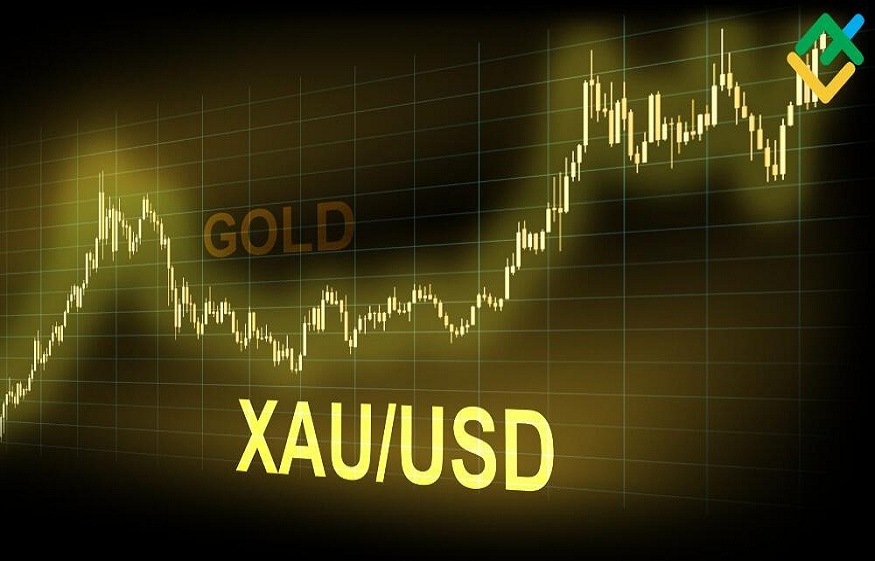
Gold has long been a symbol of wealth and a store of value. Throughout history, it has been sought after during times of economic uncertainty, geopolitical unrest, and inflationary periods. Understanding how economic factors such as inflation and interest rates influence gold prices is crucial for anyone looking to make informed investment decisions. This article delves into how inflation and interest rates interact with gold, affecting its price movements and investment potential.
Understanding Inflation and Gold
Inflation refers to the general rise in the prices of goods and services over time, which results in a decrease in the purchasing power of money. When inflation is high, each unit of currency buys fewer goods and services. This phenomenon can erode the value of paper money, making it less attractive as a store of value. Gold, on the other hand, has historically been considered a hedge against inflation.
When inflation rises, investors often turn to gold as a way to preserve the value of their wealth. Gold has a unique characteristic: it tends to maintain its purchasing power over the long term, unlike fiat currencies, which can be devalued by inflationary pressures. This makes gold particularly appealing during periods of high inflation when the value of money erodes rapidly.
The price of gold, often measured in U.S. dollars through the XAU/USD pair, can rise as inflation intensifies. As inflation rates increase, the demand for gold tends to grow, pushing its price higher. This is because, unlike cash or bonds, gold is not directly impacted by inflationary pressures and maintains its real value. Investors often flock to gold to protect their portfolios from the eroding effects of inflation.
The Impact of Inflation on Gold Prices
Gold’s relationship with inflation is complex but generally follows a pattern. During periods of high inflation, the price of gold tends to increase. This is because gold is perceived as a haven, a way to protect wealth when the value of money is eroding. When inflation rises, the purchasing power of currencies declines, making gold a more attractive option for investors seeking to preserve their wealth.
As inflation increases, the cost of living also rises, leading to higher prices for everyday goods and services. This makes investors more likely to seek out assets that retain their value. Gold, which has been used for thousands of years as a store of value, becomes an attractive choice. Unlike stocks or bonds, which can fluctuate in value based on market conditions, gold is seen as a stable and enduring asset.
The inverse relationship between inflation and fiat currencies also plays a role in driving gold prices up. When inflation accelerates, central banks may take measures such as printing more money to stimulate the economy. This influx of new currency can further devalue existing money, causing investors to lose confidence in paper assets. As a result, they turn to gold as a reliable alternative.
Interest Rates and Gold Prices
Interest rates are another key economic factor that influences gold prices. Central banks set interest rates to control economic activity by influencing the cost of borrowing money. When interest rates are low, it becomes cheaper to borrow money, encouraging spending and investment. When interest rates are high, borrowing becomes more expensive, which can slow down economic growth and reduce inflationary pressures.
Gold is a non-yielding asset, meaning it does not pay interest or dividends like stocks or bonds. As a result, its attractiveness to investors is closely tied to the prevailing interest rate environment. When interest rates rise, the opportunity cost of holding gold increases, making it less appealing compared to interest-bearing assets such as bonds or savings accounts. As investors seek higher returns from other investments, the demand for gold may decrease, leading to a drop in its price.
On the other hand, when interest rates fall, the opportunity cost of holding gold decreases. With lower interest rates, investors may find that the returns from bonds or savings accounts are less attractive, making gold a more appealing choice. In these conditions, the price of gold tends to rise as more investors seek out the precious metal as a haven or hedge against potential economic downturns.
The Relationship Between Inflation, Interest Rates, and Gold Prices
The relationship between inflation, interest rates, and gold prices is multifaceted. Both inflation and interest rates play crucial roles in determining gold’s performance in the market. Generally, when inflation is high and interest rates are low, gold prices tend to rise. This is because the purchasing power of fiat currencies is eroded by inflation, and with low interest rates, investors turn to gold as a stable store of value.
Conversely, when inflation is low and interest rates are high, the price of gold may decline. Higher interest rates make bonds and other interest-bearing assets more attractive, leading investors to move away from non-yielding assets like gold. Additionally, when inflation is under control, there is less perceived need for gold as an inflation hedge.
Conclusion
Inflation and interest rates are two of the most significant economic factors influencing gold prices. As a hedge against inflation and a haven asset, gold tends to perform well during times of rising inflation and low interest rates. Conversely, when interest rates are high and inflation is low, the price of gold may decrease as investors seek higher returns from other investments.

